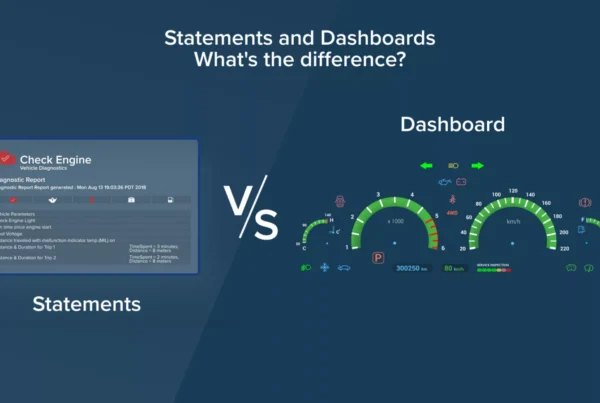
The Complexity of Simplicity
“Simplicity is the ultimate sophistication. It takes a lot of hard work to make something simple, to truly understand the underlying challenges, and come up with elegant solutions. It’s not just minimalism or the absence of clutter. It involves digging through the depth of complexity. To be truly simple, you have to go really deep. You have to deeply understand the essence of a product in order to be able to get rid of the parts that are not essential.”
Steve Jobs
A child taking its first step is so simple to the on-looking adult who takes for granted what comes so easily. However, the complexities designed within the human body to complete that step are magnificently complex. Take for example just one piece of human hardware involved in “balance” such as the “vestibular system”. Three circular tubes are placed orthogonally in respect to one another and lined with tiny follicles connecting to the nervous system… and that’s just one piece of the equation. Simple to the eye in reality is often highly complex beyond what we see. Likewise, consider complexities such as the internet and smartphones; at one time only useable by highly technical people and are now used daily by your grandparents.
It takes years for complex ideas and systems to become usable by the general public because making a complex system something simple to use is a massive effort. This metamorphous from the complex to the simple is happening all around us in a variety of ways. Let’s explore the world of Sales. One of the largest companies in the world, Salesforce has taken highly complex CRM software needing large amounts of IT support and virtually put it into the hands of your everyday salesperson. Another sales process continuing to go through simplification is Sales Compensation administration. For years companies have struggled to simplify complex sales compensation systems. From spreadsheets to homegrown software to packaged software. As the transformation continues, the goal remains to simplify the process to where the Compensation Administrator can run the show with no IT support: create sales compensation plans, import sales data, send payments to payroll, and publish statements for sales reps to view online. Again, conceptually simple on the outside but a lot going on under the hood when you consider things such as employee movement, intricate compensation plans, and a dynamic company strategy constantly changing.
SalesComp has leveraged decades of Sales Comp software experience to design a system for the common sales comp administrator and sales rep. Instead of manually maintaining error-prone spreadsheets, a Sales Compensation application is now available to walk you through building your fundamentals:
- Sales compensation plan
- Organizational sales hierarchy
- Sales employee upload template
- Transaction upload template
Once your structure is built you can:
- Check the health of your plans and participants
- Run your sales compensation calculation
- Validate your payment results
- Export a payment file
- Have sales reps view their statements and dashboards online
Once you get the hang of it, you literally click away from processing a monthly payroll and enabling online visibility to your sales organization.
It’s taken years, but once again, something painfully complex is now simplified enabling a larger user base to enjoy the wonders and benefits of technology.
You are a prime candidate for this emerging sales software if:
- You’re a sales comp administrator…
- Up to your eyeballs in spreadsheets
- Worried about making a manual error
- Spending too much time answering inquiries from sales reps
- You’re a sales rep or manager
- Spending too much time tracking pay and not enough time selling
- Wishing you could more efficiently track your team’s results
- Curious about how your sales are historically trending

